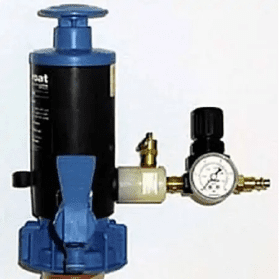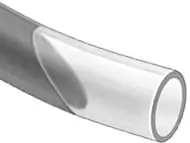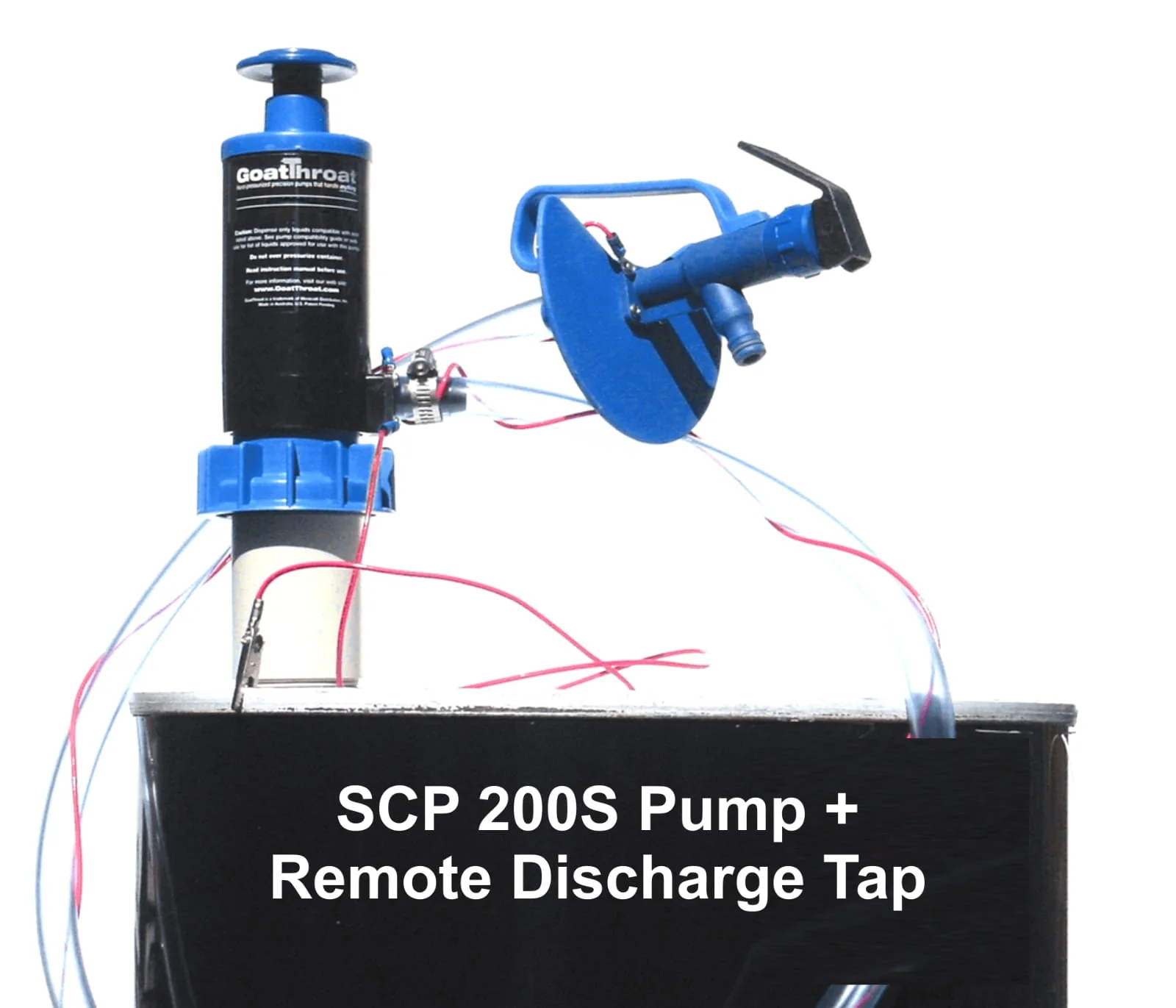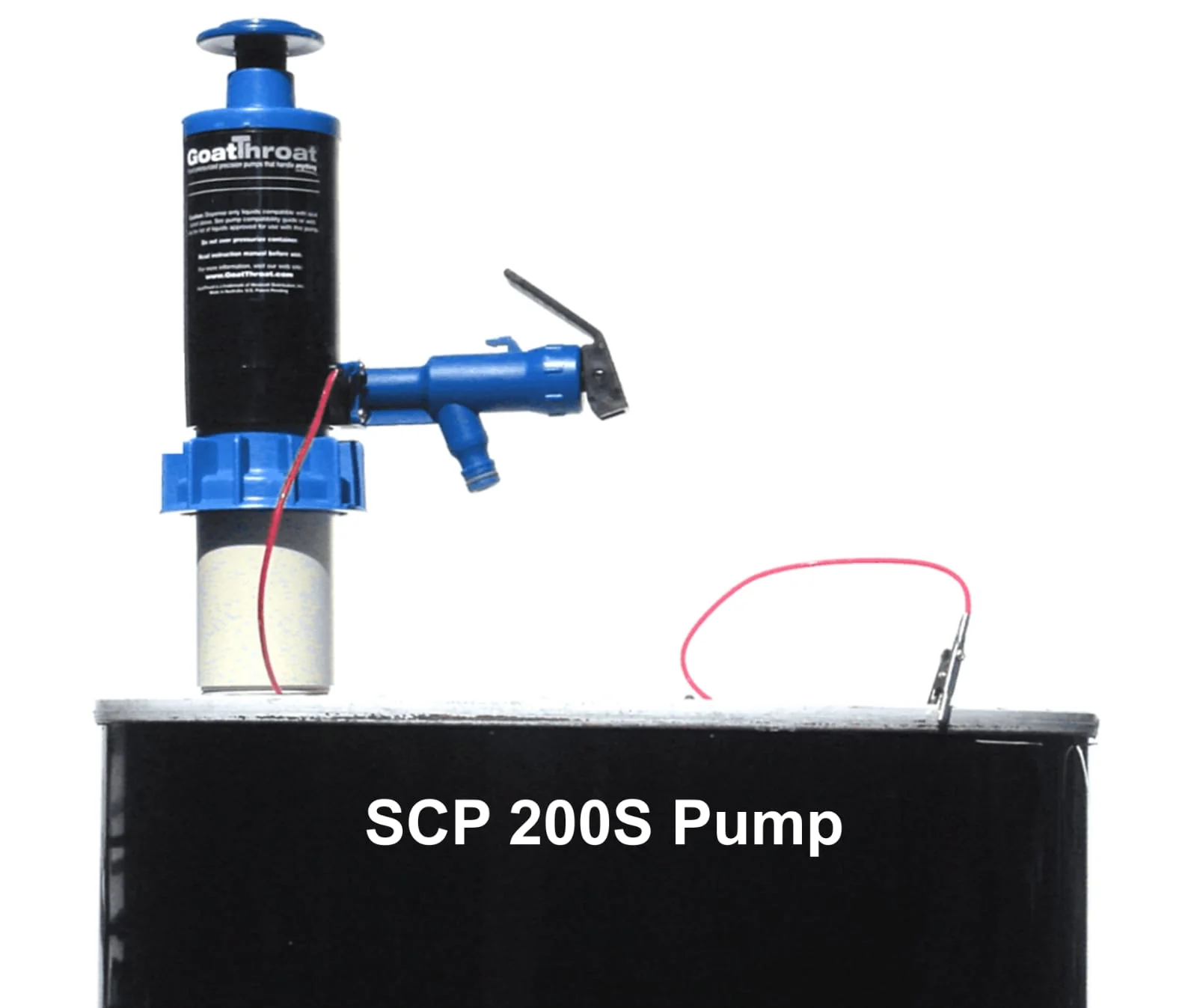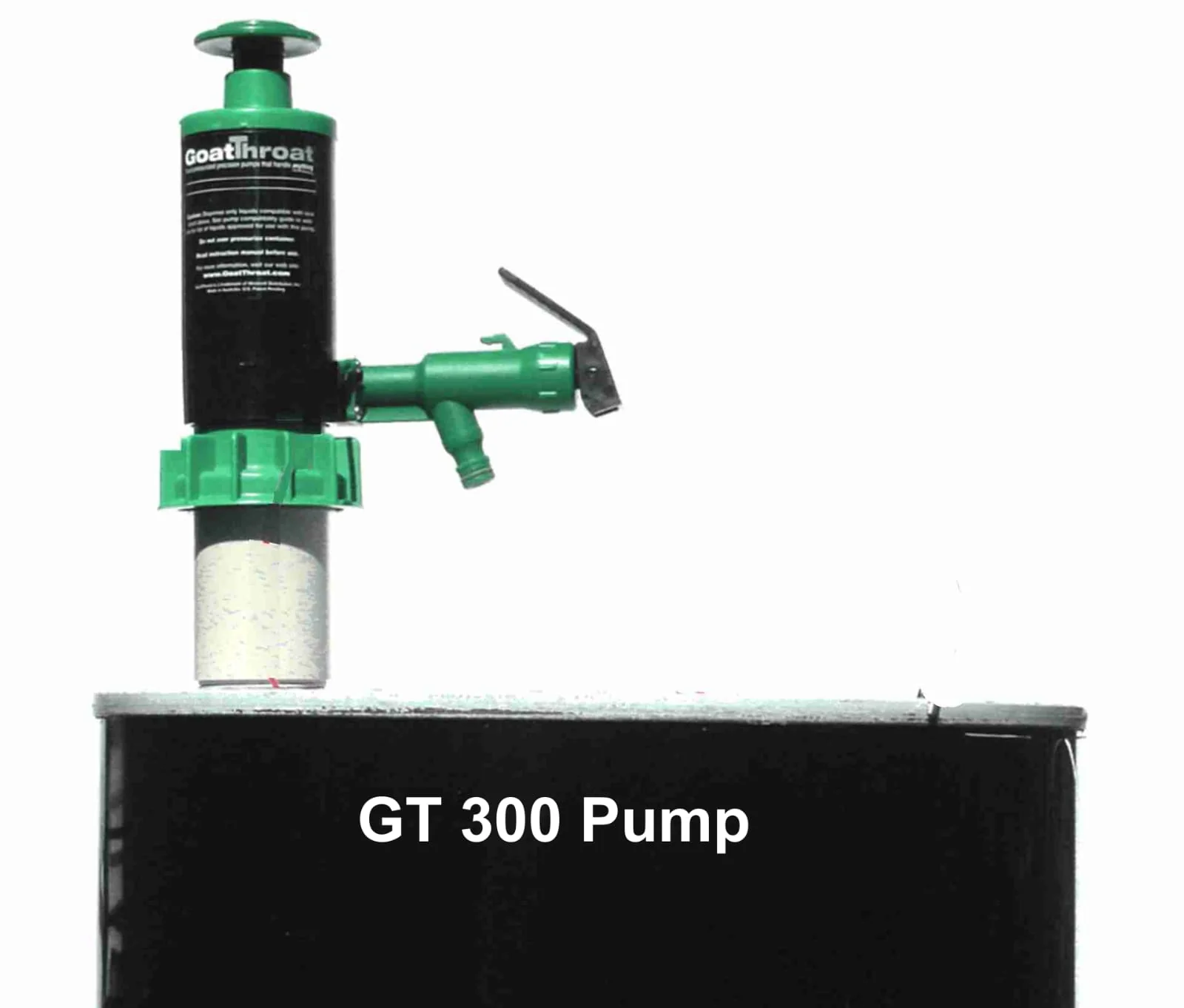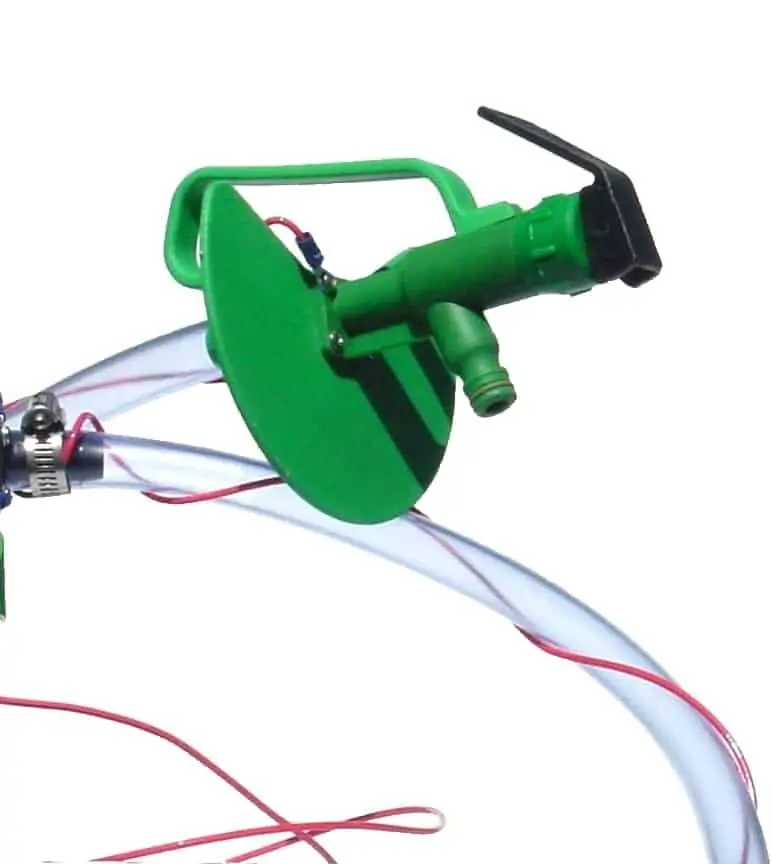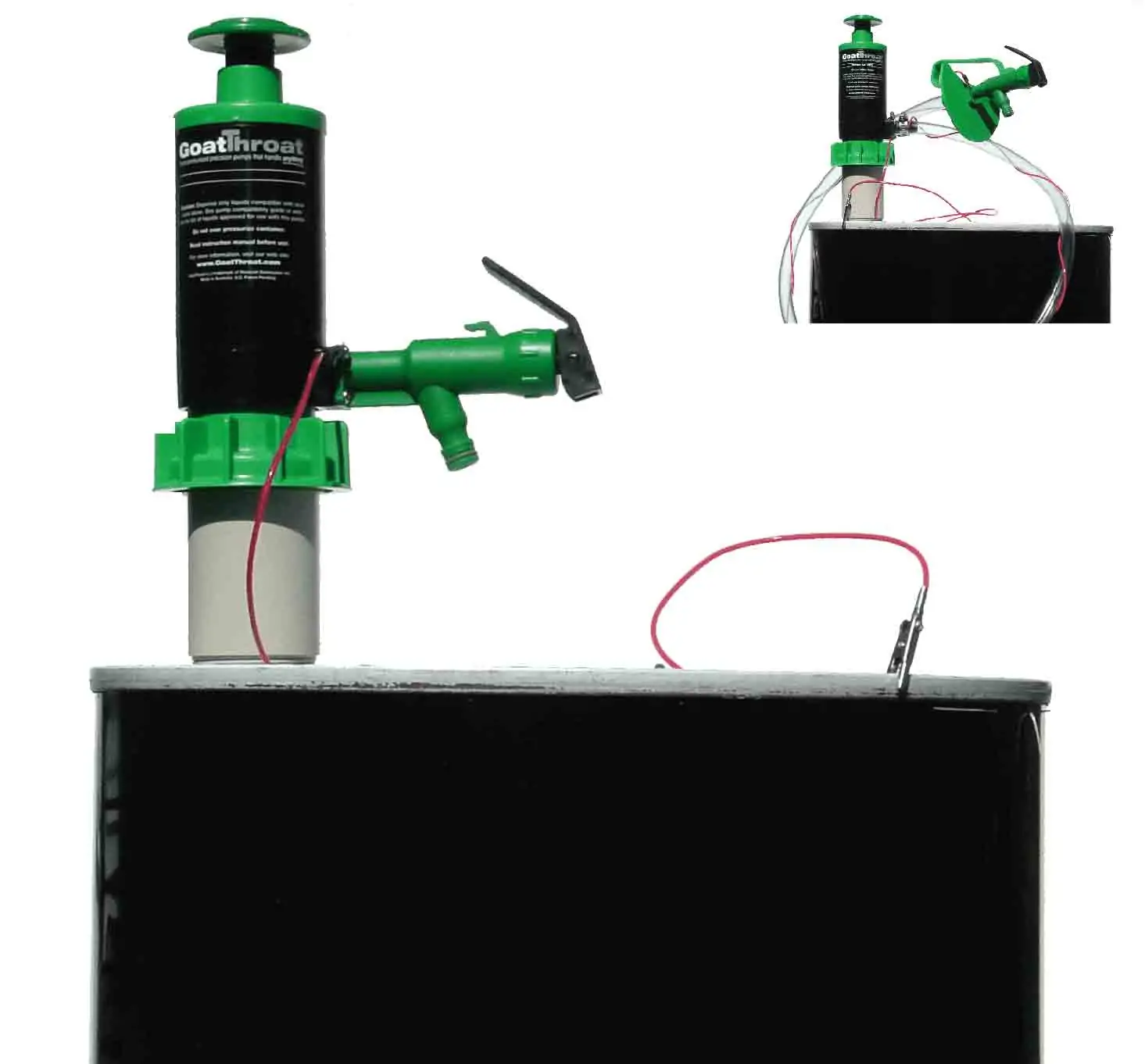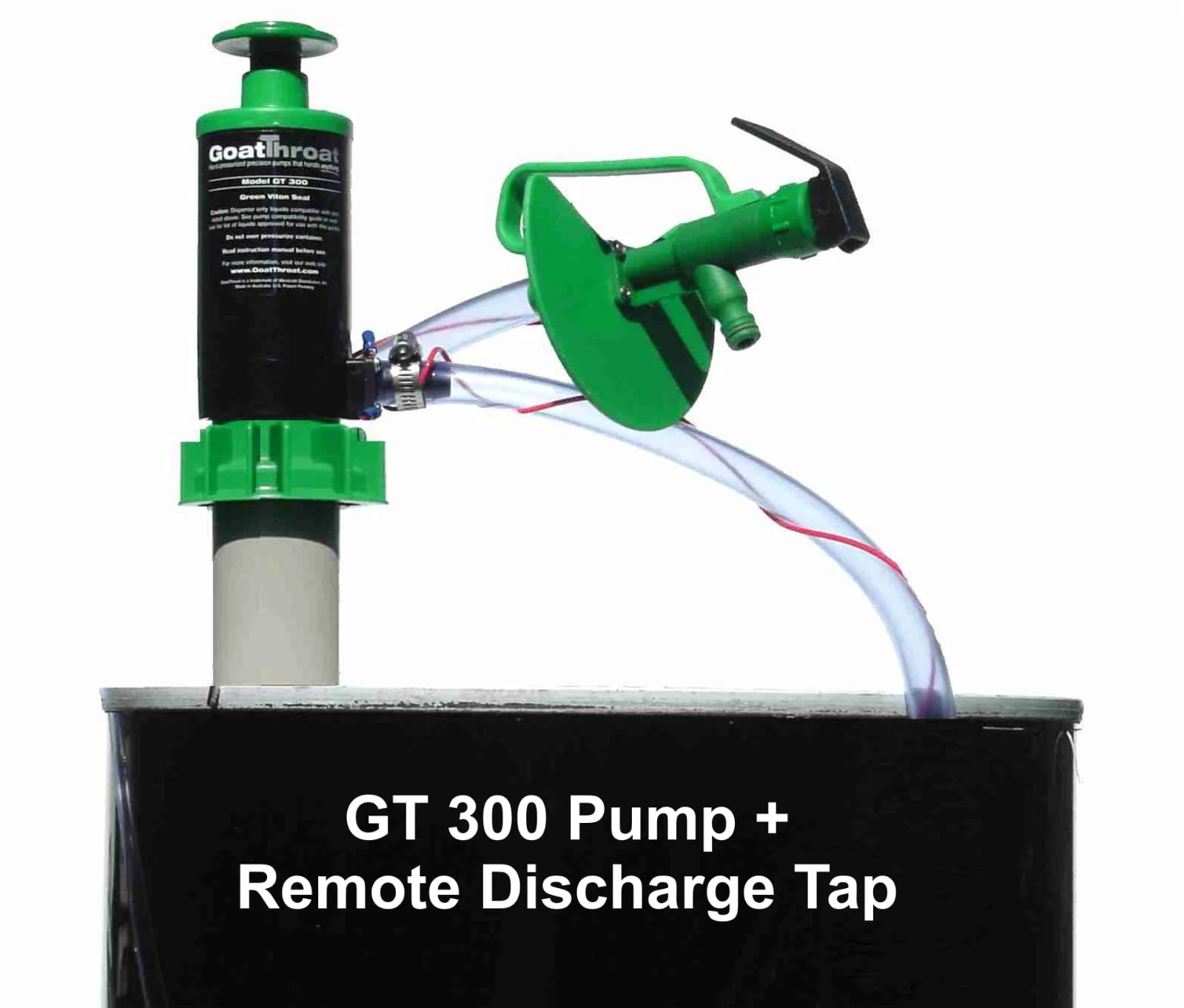
The FDA’s Hazard Analysis and Critical Control Points (HACCP) system is something that you already know if you own or manage a facility where food or food-grade products are grown, manufactured, stored, or handled. If, however, you are looking at HACCP for the first time, you will be interested in the following information.
What is HACCP?
In a nutshell, HACCP is a management system that oversees food safety using the analysis and control of various components involved at all stages of the food chain. It is designed to avoid hazards rather than attempting to inspect finished products for the effects of those hazards. This includes anticipated biological, chemical, and physical hazards that stem from the production, procurement, handling, distribution, manufacturing, processing, and consumption of the finished product at hand. This set of standards is used to uphold safety and product integrity across the many industries that handle food and food-grade products today. The end results will be longer shelf life prior to consumption.
HACCP processes are expanding to cover more industries such as cosmetics and pharmaceuticals. HACCP is focused only on the health safety issues of a product and not the quality of the product, yet HACCP principles are the basis of most food quality and safety assurance systems today.
For those who are researching ways to be in full compliance with HACCP, here is information as to how it works. HACCP uses risk assessment methods to help both industry and government regulating agencies allocate their resources effectively in establishing sound audit practices.
The process of the HACCP system includes these key points:
- Identify potential hazards such as biological, chemical and physical.
- Set critical limits.
- Establish monitoring procedures.
- Develop corrective action protocols.
- Implement verification and record-keeping policies.
Establishing these many aspects of a system should be planned such that a realistic program is developed within an achievable timeframe. It is recommended that discussions with all team members will ensure the goals are valid. Many site managers and business owners find full compliance can be achieved without the need to make drastic or high-investment equipment changes. Frequently, small equipment changes are all that are needed.
Liquid Inventory: Identifying the Issues That Need to Be Addressed To Achieve HACCP Compliance.
Chemicals are used for many purposes whether they are in the fields for control or elimination of a hazard during pre-harvest, or post-harvest prior to packaging. The produce is being treated to eliminate and or control the presence of weeds, pests, mold, fungus et. alia., . HACCP, FDA, USDA and local authorities require record keeping of all such chemicals in use. Such records note the Start and End quantities of liquids so that actual usage may be determined at each stage of application of these liquids. Concentrated chemicals are purchased and subsequently diluted to specific levels. Such chemicals can be both highly toxic and extremely expensive. Their uses include sanitary cleaning as well as neutralizing other liquids.
Lucie Grant, Food Sciencist and owner of JET HARVEST Solutions says, “Even though you are in agriculture, it is not unlike the other sciences where it is important to be precise and specific in what you do. On the farm, the applicator wants to be very accurate when they measure liquids because (s)he is dealing with thousands and thousands of acres. A small miscalculation could affect all of the product itself.”
The first steps towards alignment with HACCP will include a review of processes currently in place. With this done, then the next steps will be deciding what improvements must be made. Tight protocols for handling chemicals from the field to the table will be set up, leading to full compliance with HACCP. The facilities which reach HACCP goals will quickly experience safer, cleaner and more efficient environments for their workers. The end products will also be simply better. From an economical viewpoint, profits will improve through greater efficiencies and chemical loss will be reduced if not eliminated.. The following situations are typical reasons as to why facilities loss money while falling short of compliancy:
- Inefficient decanting methods for chemicals, fertilizers, anti-pest liquids.
- Spills from pouring too much.
- Leaks from drums and containers on their sides.
- Imprecise methods for diluting chemicals.
Immediate improvements can be made with better storage and transfer methods of chemicals. The simplest example would be to stop the tip-and-pour method used by many warehouses, farms, and other facilities around the country. This method involves tipping drums and containers on their sides and pouring liquids. Repercussions include worker back injuries, inventory loss from chemical spills and time spent for the clean up.
Can Something as Simple as a Better Pump Turn Things Around?
How a Change in Chemical Transfer Pumps leads to achieving HACCP Goals.
Farms, warehouses, and facilities around the world are discovering that the right pump will fix many problems they face with their current methods of chemical transfer. Spills, leaks, lost inventory, worker accidents and lost work days stemming from lifting drums and pails simply stop happening. Site managers and business owners report longer accident-free records and increased efficiency after upgrading to GoatThroat® pumps. In addition, many enterprises achieve compliance with HACCP requirements and other regulatory standards after switching to GoatThroat pumps. Key advantages of GoatThroat pumps are:
- GoatThroat pumps operate with the container always in the upright position, thereby eliminating accidents and inventory waste
- GoatThroat pumps are sealed systems which eliminate the potential for evaporation or contamination of the chemical concentrate.
- The operator has full control over the transfer rate with a spring actuated control valve.
GT pumps are designed to eliminate the unpredictability that most people have come to accept when working with the popular pumps that are on the market today. GoatThroat pumps simplify chemical transfer operations. It might come as a surprise that upgrading to GoatThroat pumps is a very low-investment decision and typically pays for itself within the first couple of months.
Precision delivery of chemicals from GoatThroat’s upright-only approach leads to:
- Savings from purchasing larger containers rather than in smaller, expensive packaging.
- Transfer chemicals with precise flow control to the point of use without risk of spills or overflows.
- Reduce the risk of accidents such as on-skin contamination when dangerous or toxic chemicals are being transferred for dilution.
Jet Harvest Solutions and GoatThroat Pumps
Jet Harvest Solutions delivers products into the pre-harvest and post-harvest world of agriculture. They treat farm products for what is known as “sanitation” to reduce the microbial load on fruits and vegetables. Because crops are grown in a field, there is always a chance for contact with bacteria, fungus and molds. As far as HACCP and critical control points, there are some crops in the field that don’t have post harvest steps so the only treatment they get is done in the field. JetAg, which is applied in the field, has as active ingredients both peroxyacetic acid and hydrogen peroxide which are organic and natural. Jet Ag functions by outgrowing or outcompeting the mold / fungi and helps the fruits and vegetable stay clean and stay whole. The farm team sprays it on the crop 1-3 days before harvest. Once it dries, the pickers can come in and they have a crop with little to no microbial load. Specifically, for the consumer, this means a longer shelf life and much lower risk of pathogens. For post harvest, the process is the same except that the fruits and vegetables are running down the packing line.
Lucie Grant observes, ” When it comes to accuracy and worker safety, GoatThroat is also important and very helpful for products like ours. Peroxyacetic acid is a mixture of oxyacetic acid and hydrogen peroxide and, when mixed together, they makes the solution we use. As you know when you get hydrogen peroxide on your hands and clothes you get that oxidation that produces those white stains on your fingers and clothes. As a concentrate, we need products like the GoatThroat pumps so that workers don’t get it on their hands or in their eyes. We want the worker to be as safe as possible, so we recommend equipment like the GoatThroat pump so that growers can handle the 5 gallon containers without having to touch the material at all. And with the accuracy of GoatThroat pumps, they can measure out exactly what they need to put into the tank mix and for the most efficient spray application.”
Discover How Small, Low-Investment Changes Can Make a Big Impact
HACCP compliance does not have to be complicated. Perform an audit of your processes regarding how liquids are handled at your facility. A small equipment change like changing out existing low-performing pumps and upgrading to innovative GoatThroat pumps can bring big results. Making the process of transferring liquids safer and easier for workers will even improve morale. The change happens with an upgrade to GoatThroat Pumps.



